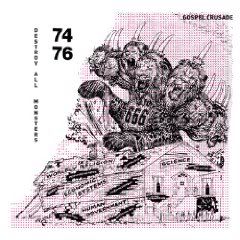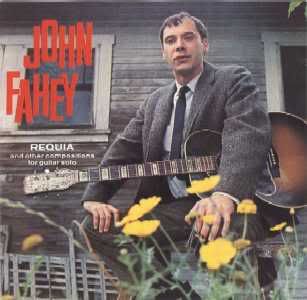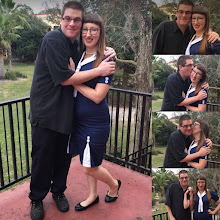
Cobra, 1978; reissued by Spalax and Cuneiform; available
CD: 8 tracks, 51:28
It was only a matter of time before Heldon got reviewed here. Essentially the brainchild of guitar/synth wizard Richard Pinhas, Heldon was one of many French acts that were oddly similar to krautrock. Named after a town in Paul Spinrad's THE IRON DREAM, the project is definitely Fripp worship of the highest quality; in other words, the influence is there, but Pinhas remains VERY distinctive in his approach. INTERFACE is Heldon's sixth album (in three years of existence!), and it was recorded with a core trio of Pinhas, long-term drummer/multi-instrumentalist François Auger, and keyboardist Patrick Gauthier. This is usually considered Heldon's strongest configuration, and with good reason. Long-term bassist Didier Batard shows up on a track as well. Song-wise, this finds Heldon at the peak of their creativity. The three short, almost disco-esque "Soucoupes Volantes" tracks on the original A-side are still astonishing electronic pieces that haven't aged one jot. The two longer A-side pieces, "Jet Girl" and "Bal-A-Fou", are equally impressive. The two-part "Jet Girl" sounds particularly grand, slowing down and changing slightly about halfway through while maintaining an evil pulse midway between motorik and space rock. The original B-side was occupied by the nineteen-minute title track, and what a track! Starting with minimal drum and synth atmospheres, Pinhas' piercing guitar eventually swoops in for the kill. Not a minute is wasted, even if the final bluesy notes are a little out of place. For the Cuneiform CD, two extracts of a live performance of "Interface" are sandwiched between the original sides. These snippets isolate particularly ferocious live takes on the piece, and they don't disrupt the flow whatsoever. While most Pinhas and Heldon releases are worthwhile, INTERFACE is a personal favorite and an excellent entry point.


